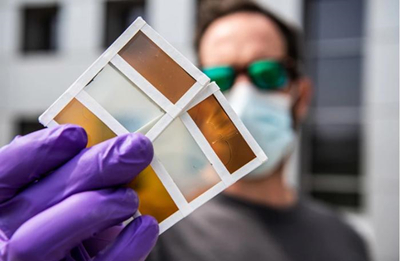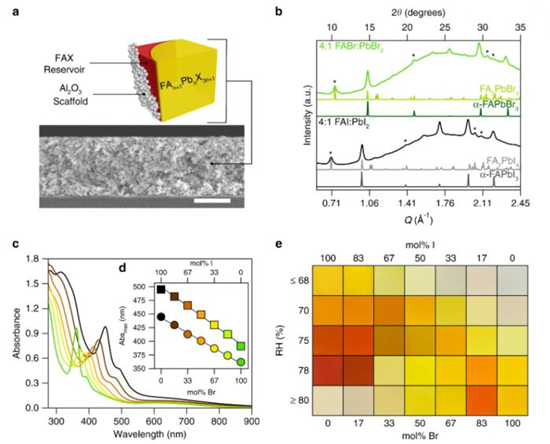 A new type of solar panel
A new type of solar panelAccording to foreign media New Atlas, windows are a good daylighting tool. However, they also bring unnecessary heat in summer, making many people turn on the air conditioners. Now, researchers have developed windows that can automatically change colors when the sun shines up to keep buildings cool. Most importantly, they are also solar panels.
Photochromic glass has been existing for a long time, and the most common one is as a transition lens for glasses, which automatically adjusts colors under strong light. Recent developments have made it electronic, which can be switched based on demand and enlarged to the size of a window. At the same time, the efficiency of transparent or translucent solar cells is getting higher and higher, and they can even be installed on windows.
In this new study, researchers of the National Renewable Energy Laboratory (NREL) in the U.S. Department of Energy apply these two technologies to a window. What they call "thermochromic photovoltaic" technology can change colors when exposed to sunlight to block glare and reduce the need for cooling. When it does so, it also starts to collect energy from light.
This kind of window is made from a thin film of perovskite, which is a new material for solar cells. The solvent vapor is injected into the gap. When the humidity is low, the perovskite film remains transparent, allowing the windows to transmit light normally. However, steam will rearrange the perovskite crystals, first appearing in the shape of chains, then flakes and then cubes. Each new shape will change colors to block the light to varying degrees. It is hoped that the room will be cooled by a few degrees in the process.
When the temperature of the glass reaches 35°C to 46°C, the window can switch between several different colors, from transparent to yellow, orange, red and brown, which takes about 7 seconds. This is a considerable improvement over the early prototype developed by the NREL team. When the temperature reaches between 65.5°C and 79.4°C, the window can only switch between transparency and reddish-brown, which needs 3 minutes to complete.
Ideally, "thermochromic photovoltaic" windows can help reduce the need for air conditioners because air-conditioning is a great energy consumer in hot weather and climate. The team stated that a prototype window made by the new technology could be developed within a year. The research was published in Nature Communications.
